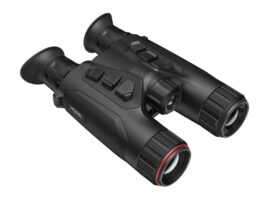Any system or machinery requires basic fundamental things such as a feedback tool that will receive the input and, based on the predefined conditions, will give the output. Also, it will have a controller that acts as the brain of the system that handles all the functionality of other subsystems. So the Servo System controller is the same as the machine’s heart, which performs different tasks, and one of them is controlling the motion and is capable of managing the speed and high-axis. Let us take a look at the components of the controller:
Brushless/Brush Controller:
If you have the server controller, which has a DC controller, then you have to look for a brush or brushless, which can help you determine the commutation the motor will need. The brushed is one of the earliest and easiest inventions since the 1970s. The property can be determined by the material that got used for manufacturing it and the number of coils wrapped around it. On the other hand, the Brushless is the permanent magnets and requires no electricity, commutator, or brushes, unlike the brushed one.
Feedback Machine:
An encoder is a location sensor that outputs a single sensor that tells the controller where the motor is and how quickly it travels. Most of the motors nowadays come with a built-in encoder. However, you can also get yourself an external one too. The feedback device must detect any moment in the machine and should inform the controller right away.
Motor Amplifier/ Drive:
A Servo System controller has a servo motor amplifier that takes the input as It amplifies the power quantity to a particular deliverable in the form of a control signal from the motor controller. The most common available amplifier out there is the torque-mode that sends out the precise amount of current in Amperes to the motor.
Servo Motor Controller:
From the above discussion, we now know that the components receive the signal and supply the specific amount of current to a motor. The motor after receiving the current flow will move to turn, and that will get notified to the encoder. The job of the motor controller is to close the loop on the system by observing the signal getting from the encoder. And applying torque to the motor to regulate its control. Higher performance, durability, torque control, and high precision are some of the advantages of servo motors.











